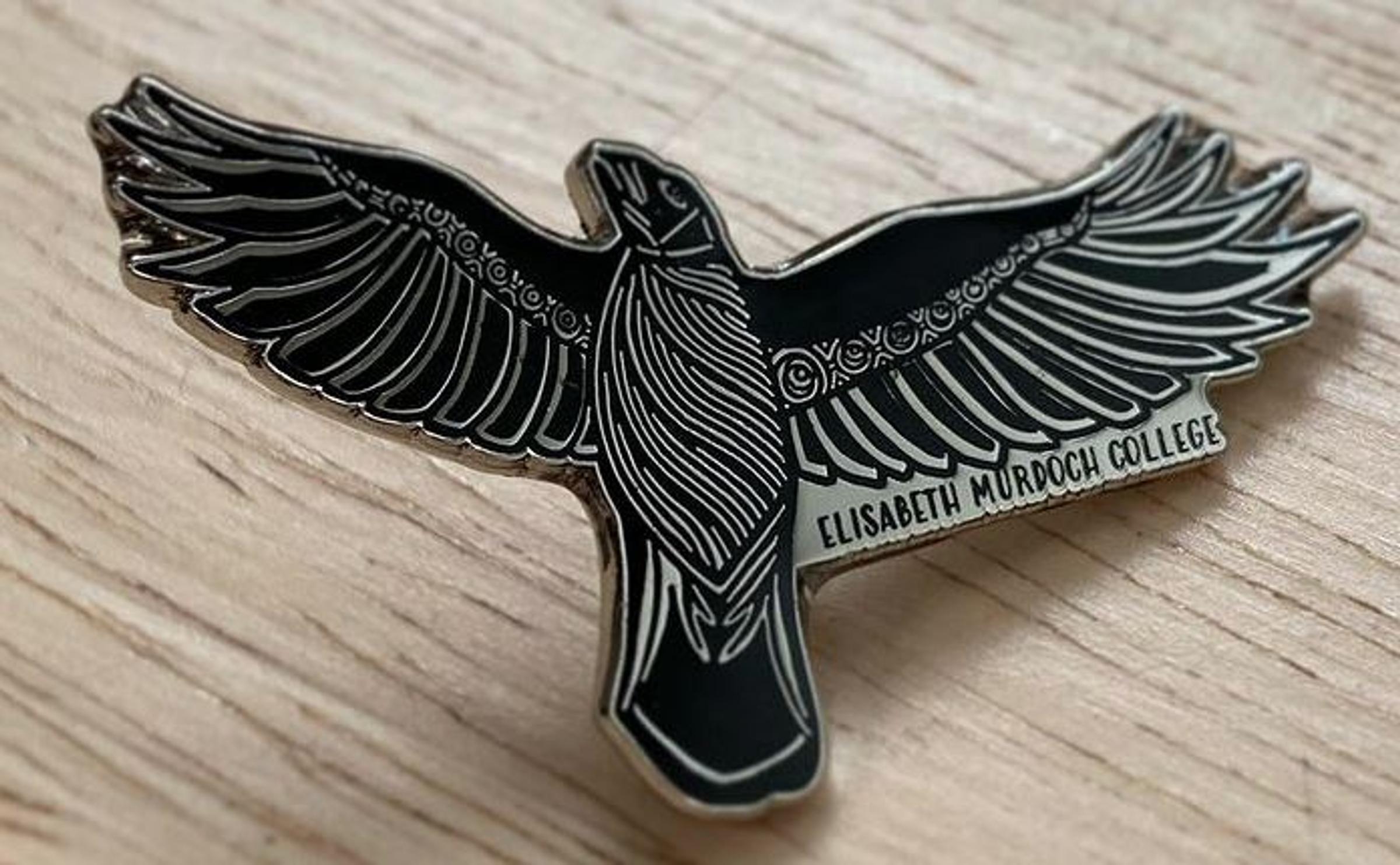Koorie education and engagement
FLAG RAISING CEREMONY IN NATIONAL RECONCILIATION WEEK

Koorie education and engagement
FLAG RAISING CEREMONY IN NATIONAL RECONCILIATION WEEK
On Thursday 27 May, EMC Koorie students were due to attend a couple of Flag Raising events in the community, which unfortunately were postponed due to COVID restrictions.
Jenaya, one of our Year 10 students, sparked the idea to quickly pull together our own EMC flag raising ceremony for students. We were celebrating with about 30 students, Koorie and Non Indigenous, as the announcement about schools moving to remote learning came through. Amazingly, at this student led event, 5 of our students Acknowledged Country and highlighted National Reconciliation Week.
This is what one of our Year 7 Koorie students, Te Haana, said:
“I want to make EMC the best place it can be for Aboriginal students. We want all the Aboriginal and Torres Strait Islander kids and our families to feel seen, and heard, and feel safe; and to feel like we can celebrate our culture and history. We want this to be part of every day practice, not just something that is a tick box. It’s not just for us, it’s for everyone. Across the community, within the school and in each class room, so we can all learn from the oldest living culture in the world. And we want to do it together.”
The Aboriginal flag, and the Torres Strait Islander flag, were raised by 2 of our students as we reflected on what reconciliation meant to us. These flags are raised along side the Australian flag, every day at EMC.
The Australian Aboriginal flag was designed by artist Harold Thomas in 1970. The flag was first raised on National Aborigines Day in Victoria Square, Adelaide, on 12 July 1971. In 1995, the Aboriginal flag was recognised by the Australian Government as an official 'Flag of Australia' under the Flags Act 1953. The top half of the flag is black to symbolise Aboriginal people. The red in the lower half stands for the earth and the colour of ochre, which has ceremonial significance. The circle of yellow in the centre of the flag represents the sun.
The Torres Strait Islander flag was designed by the late Bernard Namok from Thursday Island. In 1995, the Torres Strait Islander flag was recognised by the Australian Government as an official 'Flag of Australia' under the Flags Act 1953. The green panels at the top and bottom of the flag represent the land and the central blue panel represents the sea. The black lines dividing the panels represent the Torres Strait Islander people. The centre of the flag shows a white dhari (dancer’s headdress) which represents Torres Strait Islander culture.
Underneath the dhari is a white five-pointed star. The star is an important symbol for navigating the sea. The points of the star represent the five island groups in the Torres Strait and the white symbolises peace.